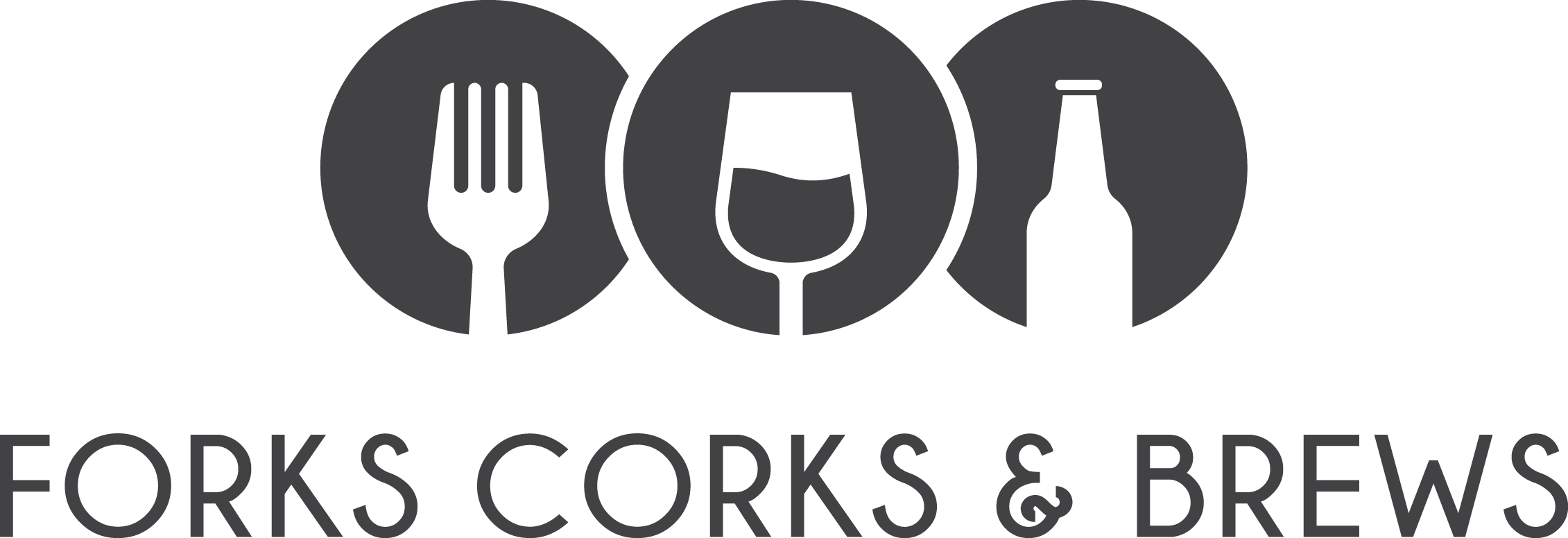Do you know what lactose is? Have you heard of intolerance to it? Did you realize about 75% of the world’s population has a common digestive problem? That problem is lactose intolerance.
What exactly is it and how may it affect you?
Those who have it don’t have enough of an enzyme called lactase. Produced in your gut, lactase is needed to break down lactose, the main sugar found in milk.
Without lactase, lactose can pass through your gut undigested and cause unpleasant symptoms like nausea, pain, gas, bloating, and diarrhea. This is lactose intolerance.
If you have this or guests coming to dinner have mentioned they have lactose intolerance, you need to know how to cook and bake.
Are you entertaining and want to include a cheese plate? What should you do? Certain cheese will be better than others.
Generally, you never want a cheese with a sugar content approaching 5 grams per serving. You can think of lactose as cheese sugar. Many cheeses come in under 5 grams of sugar per serving and are usually easier to digest. Some of these cheeses like Parmesan have barely measurable amounts.
As a rule of thumb, the fresher the cheese, the more lactose it contains.
So, what cheeses should you eat or include on your cheese plate? Read the label and try ti keep the cheeses below 5 grams of sugar per serving. Softer, fresher cheeses are more lactose intense. When in doubt, check the sugar content on the label.
Additionally, some dairy foods are naturally low in lactose.
Butter is a very high-fat dairy product that’s made by churning cream or milk to separate its solid fat and liquid components. The final product is around 80% fat, as the liquid part of milk, which contains all the lactose, is removed during processing. This means that the lactose content of butter is really low. In fact, 3.5 ounces (100 grams) of butter contain only 0.1 grams.
Heavy cream is made by skimming off the fatty liquid that rises to the top of milk. Different creams can have different amounts of fat, depending on the ratio of fat to milk in the product. Heavy cream is a high-fat product that contains around 37% fat. This is a higher percentage than that of other creams like half and half and light cream. It also contains almost no sugar, which means its lactose content is very low. In fact, a half ounce (15 ml) of heavy cream only contains around 0.5 grams.
Interestingly, the cheesemaking process contributes to the amount of lactose. Every cheese goes through a slightly different process, but in general, making cheese basically involves removing whey (the liquid part) from milk and then acidifying and salting the remaining curd.
Soft cheeses like Brie as well as hard ones like Cheddar or Monterey Jack are low in lactose, but they go through two totally different processes. Harder cheeses have the whey drained out of the cheese vat before the curds are packed into cheese forms for pressing. But softer cheeses, like brie and Camembert, don’t have their whey removed until after the curds are put into cheese forms.
“Approximately 97 percent of the lactose [in cheese] is actually lost as the whey drains during the cheesemaking process,” Cathy Strange, global executive coordinator of specialty product innovation and development at Whole Foods Market, says. Exactly when the whey is removed, either at the beginning or the end, doesn’t really impact the amount of lactose a cheese will end up with.
What really determines that is the next step, fermentation, which begins as soon as lactic acid bacteria (which can be naturally occurring or added) starts metabolizing the milk’s lactose and turning it into lactic acid. This can begin at any time during the process depending on how a cheesemaker manipulates certain conditions, like temperature, moisture, and salt. Fermentation can happen before whey is drained and after it’s all gone. It will only stop when all the available lactose has been converted into lactic acid.
Any lactose that remains in a cheese after the whey has been drained will eventually be converted into lactic acid. Therefore, the longer aging process, the less of it a chesse will have.
The process for making fresh cheeses like ricotta and mozzarella is much faster than their aged counterparts, which means they retain more whey and have less time to convert lactose into lactic acid. They’re also usually wetter than their low-lactose counterparts because the whey hasn’t had long enough to fully drain off.
While it’s true that some cheeses are lower in lactose, it’s important to keep serving sizes in mind. Even a cheese with less may mess up your stomach if you eat a ton of it.
In general, it’s also best to eat cheese as part of a larger meal whenever you can. Eating it with other foods can make it easier to digest.
For more tips and food info, check out https://www.forkscorksandbrews.com/forks/
